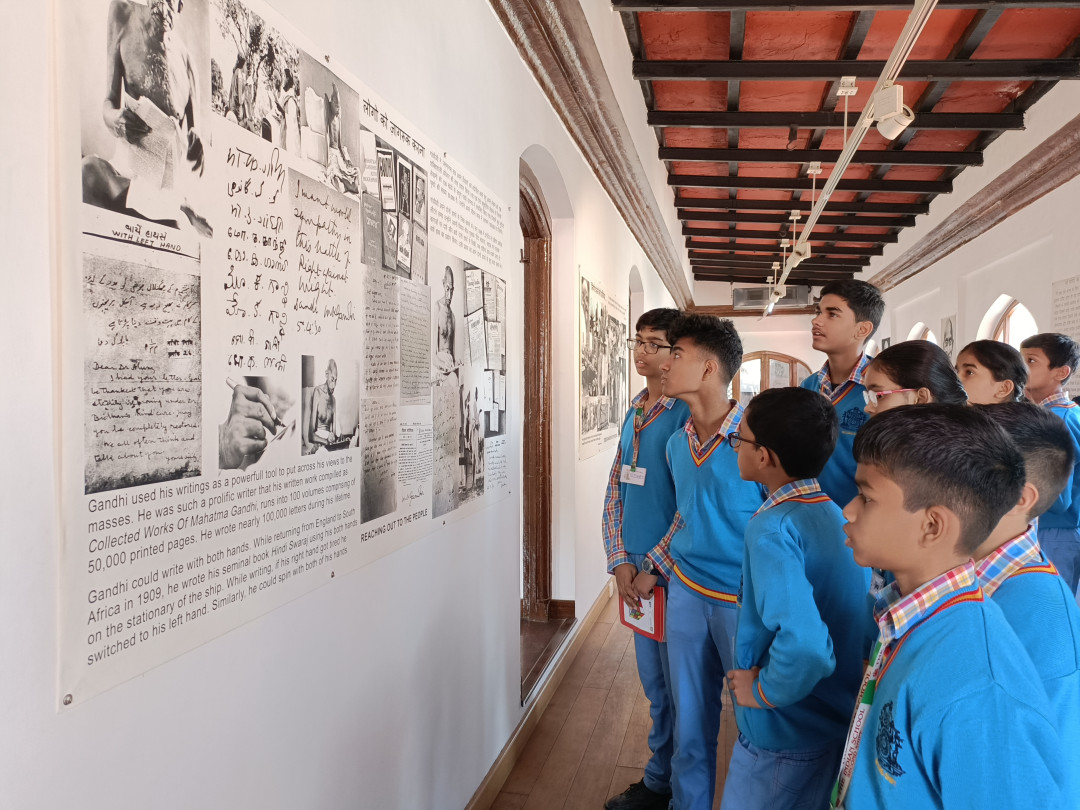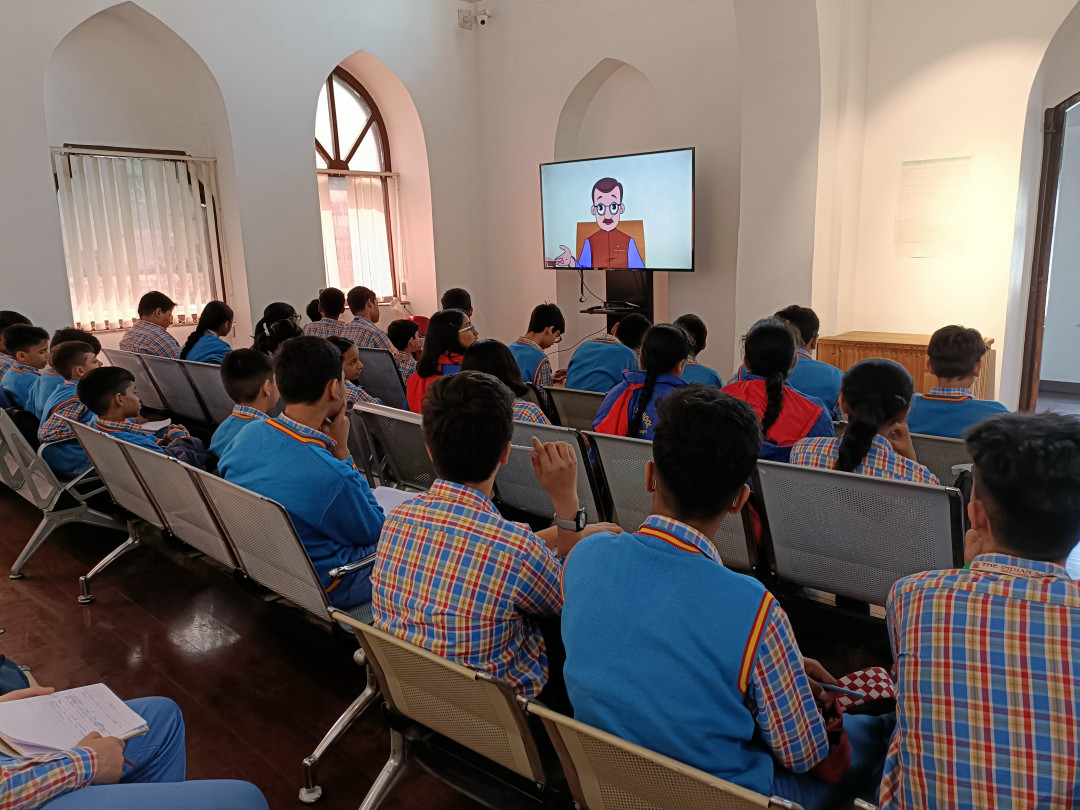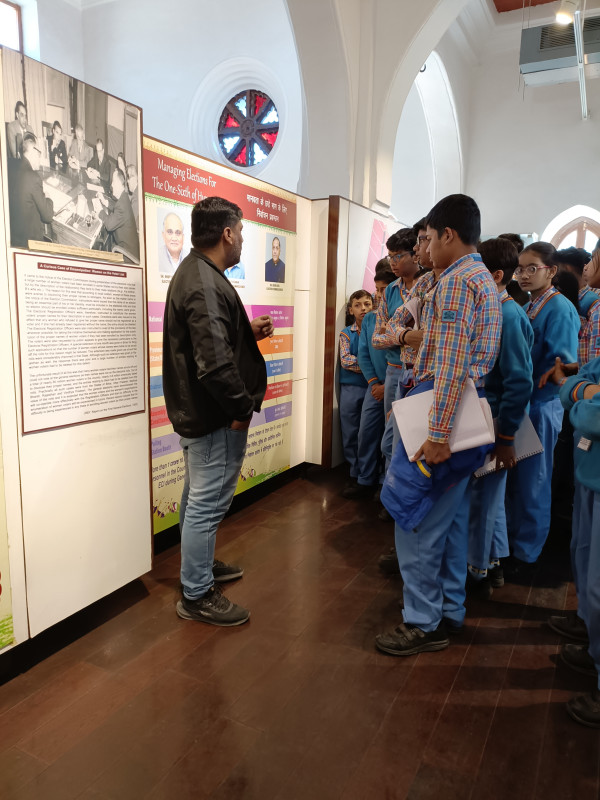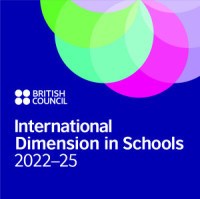Classes 6 and 7 visits the Election Museum to understand our Democracy from those who protect it
On February 23rd, the enthusiastic students of classes VI and VII embarked on an educational journey to the Election Museum located at the Chief Electoral Office at Kashmere Gate. The museum, housed in a building with a rich history dating back to 1890 during British rule, once served as St. Stephen's College. Today, it accommodates the office of the Chief Electoral Officer of Delhi along with the Election Education Centre cum museum.
The tour commenced with a brief introduction to the election process in India. The students were then shown a short film detailing the evolution of the process from traditional ballot papers to the modern Electronic Voting Machine (EVM). This provided valuable insights into the technological advancements that have streamlined the electoral process.
The highlight of the visit was the election gallery, featuring 120 images giving a glimpse of the elections and the election management system in India. The gallery showcased the historical progression of India's electoral democracy, encompassing artifacts such as old ballot boxes, indelible ink, EVMs, Voter Verifiable Paper Audit Trail (VVPAT), election symbols, and the model code of conduct. Students gained a comprehensive understanding of the Election Commission of India, its hierarchies, and the evolution of elections in the country since independence.
Guided by Mr Mukesh, their informative guide for the day, the students actively participated, posing thought-provoking questions and displaying genuine curiosity throughout the tour. They learned about the challenges faced by the Election Commission of India and how it has resiliently stood its ground.
A noteworthy component of the museum is its focus on Systematic Voter Education and Electoral Participation (SVEEP), a flagship programme of the Election Commission. This programme aims to enhance voter literacy, spread awareness, and educate citizens on the electoral process. The museum itself stands as a testament to the success of SVEEP.
In addition to the electoral journey, the museum boasts a small Gandhi gallery, curated by the National Gandhi Museum. This section provides a unique perspective on Gandhiji's engagement with democracy, featuring his views dating back to 1894. The gallery also displays chronological details of significant events in Gandhiji's life, including his signature and writings in different languages.
The students thoroughly enjoyed the trip, actively participating and providing valuable feedback to the museum. The interactive and informative nature of the visit not only enhanced their understanding of the electoral process but also ignited a sense of civic responsibility among the young minds. The Election Museum, with its rich historical context and educational focus, serves as a beacon in fostering democratic values among the future citizens of India.











